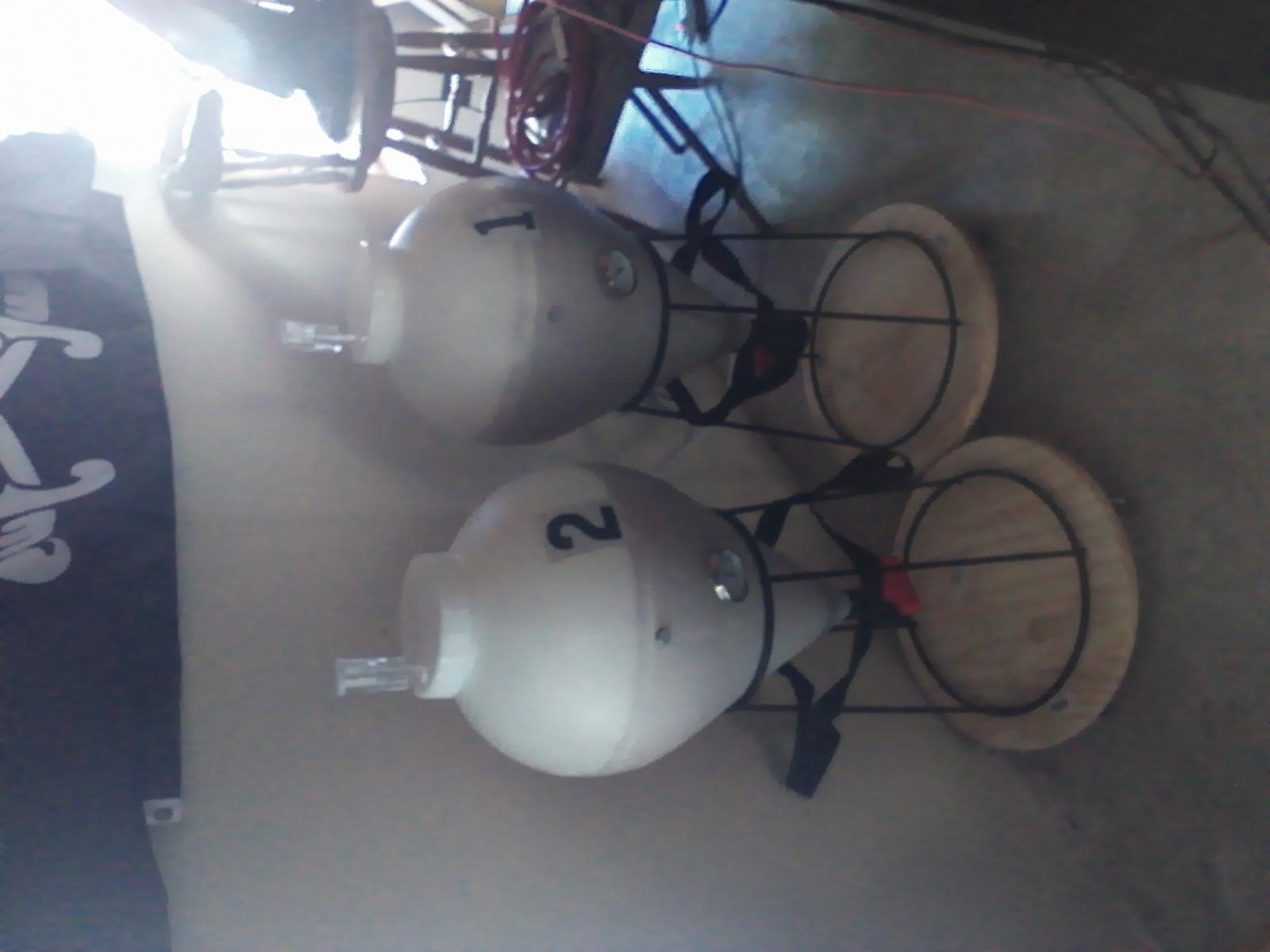I'm just curious if people aerate the wort, pitch and then let the yeast do their thing or does anyone add more O2 either with pure O2 or more air while the starter is going.
I know with a starter to use foil but not much air gets in with the foil so once the yeast use the O2 in the head space, not much more is introduced. May not be a big deal with fresh yeast but would it be good to hit the head space with some pure O2 maybe 12 hours after pitching just to give the yeast a little more.
I know with a starter to use foil but not much air gets in with the foil so once the yeast use the O2 in the head space, not much more is introduced. May not be a big deal with fresh yeast but would it be good to hit the head space with some pure O2 maybe 12 hours after pitching just to give the yeast a little more.































![Craft A Brew - Safale S-04 Dry Yeast - Fermentis - English Ale Dry Yeast - For English and American Ales and Hard Apple Ciders - Ingredients for Home Brewing - Beer Making Supplies - [1 Pack]](https://m.media-amazon.com/images/I/41fVGNh6JfL._SL500_.jpg)



























